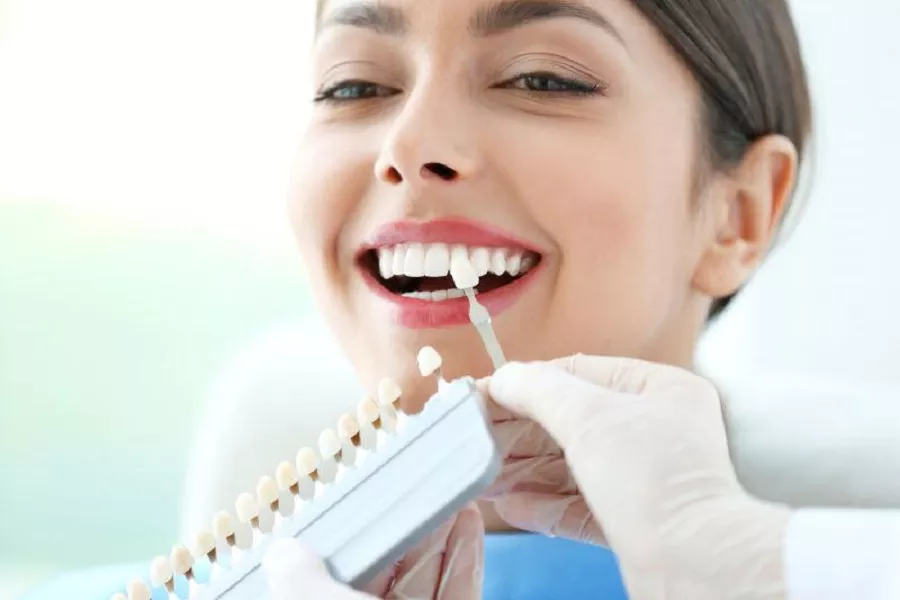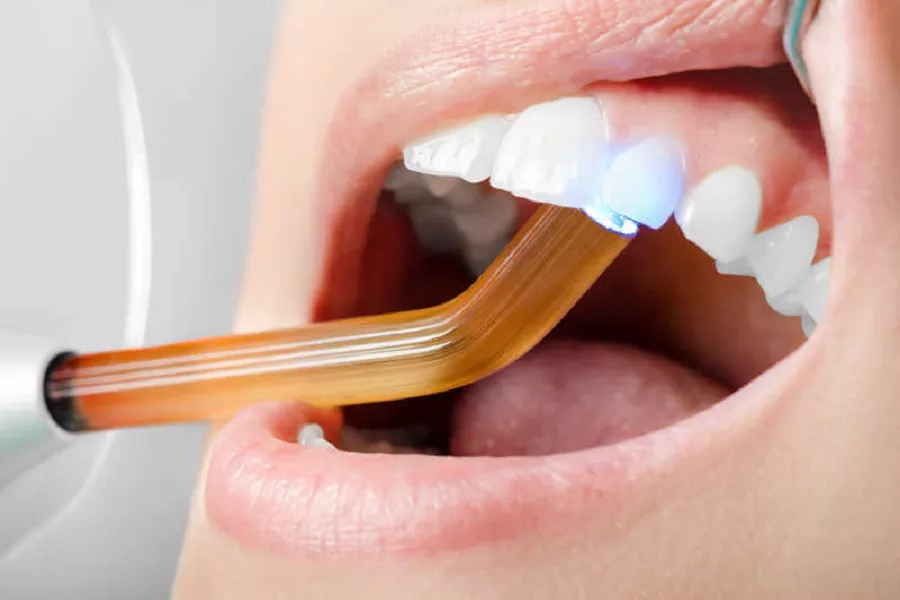Inventory of several reasons for the increase in the gap between the teeth The reasons for the increase in the gap between the teeth Everyone has a gap between the teeth, normal and healthy teeth, full of gums, gingival papilla filling the gap between the teeth, it is difficult to see the existence of the gap between the teeth with the naked eye. Some people may have some teeth that are congenitally too small, so it is normal for some parts of the teeth to be too large; the pathological increase in the gap between the teeth is caused by general periodontal disease.
In particular, chronic inflammation persists for a long time and occurs repeatedly, resulting in alveolar bone resorption and gingival recession. When the gums recede to a certain extent and the roots of the teeth are exposed, the teeth will become loose and even fall out. Experts suggest that as women gradually enter middle age, calcium in the bones begins to lose, especially before and after menopause, there will also be a phenomenon such as widening between the teeth. In this way, the tooth will feel pain when it encounters hot and cold sour and sweet. At the same time, exposed tooth roots are also prone to accumulation of food debris and tartar to cause dental caries.
Therefore, before and after menopause, women are particularly prone to dental diseases such as caries, gingivitis, and periodontitis. In addition, the saliva secretion of menopausal women is reduced, the self-cleaning effect of the oral cavity is weakened, and due to the impact of changes in endocrine levels, many women will experience discomfort such as dry mouth, astringency, and burning sensation in the tongue mucosa, and are prone to recurrent mucosal ulcers, flattened Oral mucosal diseases such as lichen.
The best age for tooth reshaping is the deciduous tooth stage: if the deciduous teeth appear out of alignment or underbite (underbite) and open jaw, they should be corrected at an early stage. The age of treatment is about 3 to 6 years old. The permanent teeth have not erupted, and the roots of the deciduous teeth have not been absorbed, which is relatively stable. It can be corrected by wearing an intraoral movable aligner. The course of treatment is about 6 months.
If children’s teeth are not straightened in time, the deformity may be aggravated during this period of rapid growth. The second is the mixed tooth period: about 7 to 11 years old, when the new permanent teeth begin to erupt, the teeth grow rapidly, the occlusion is unstable, and it is a period of multiple dental deformities. The third is the permanent tooth period: all the deciduous teeth have been replaced, and the second and third large teeth erupt in another rapid growth period, usually around 12 to 18 years old. At this time, the diagnosis of dental deformity is relatively clear. During the growing period, children’s orthodontic treatment is fast and stable.
The fourth is adulthood: refers to adults over the age of 18 whose permanent teeth have been fixed. Because the face and bones of adults have been basically shaped, there will be more restrictions when receiving comprehensive orthodontic treatment. Functional orthotics, generally speaking, are not ideal for adults.
Reminder: For more knowledge about dental malocclusion, misaligned teeth, underbite, etc., please pay attention to: padmel.com, to provide you with comprehensive professional orthodontic care, tooth filling, orthodontic treatment and other dental care knowledge.






























